Sports-Related Overuse Injuries (SRIs) are a category of injuries that stem from repetitive physical activities causing damage to ligaments, tendons, muscles, and other soft tissues. They are notably common among athletes. The impact of SRIs on athletes can be considerable, influencing their physical health, performance, and career longevity. These injuries can lead to discomfort, weakness.
The article aims to provide practical strategies for preventing SRIs in the athletic arena. By tackling the underlying causes, such as inadequate training practices and repetitive motions without sufficient recovery time. The focus will be on effective measures like training modifications, athlete education, and the significance of proper rest, recovery, and conditioning. Through these strategies, the goal is to diminish the occurrence of SRIs and promote a culture of sustained athletic health and performance.
Understanding Sports-Related Overuse Injuries
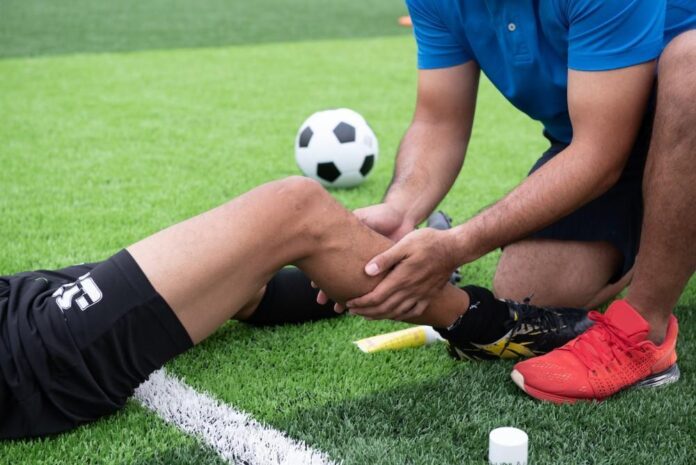
In athletic environments, the most prevalent types of SRIs encompass conditions like Runner’s Knee, characterized by pain around the kneecap often due to repetitive motion in running or jumping; Tennis Elbow, which involves inflammation of the tendons in the elbow from repetitive arm and wrist actions; and Stress Fractures, which are tiny cracks in a bone caused by the repetitive application of force, often from overuse, commonly seen in the legs and feet of athletes.
The causes and risk factors linked to SRIs are centered around repetitive and strenuous physical activities, improper or intense training routines, inadequate rest or recovery time between sessions, poor sporting technique or equipment, and insufficient conditioning or preparation of the body for intense activity.
Symptoms and early warning signs of SRIs include pain and discomfort in the affected area, which may start as mild and sporadic but can evolve into more continuous and intense pain; numbness or a sensation of weakness, particularly if nerves are affected; a decreased range of motion, making it challenging to perform usual movements; muscle fatigue or weakness in the affected area; and visible signs of stress like swelling or tenderness.
The Significance of Training and Recovery in Preventing SRIs
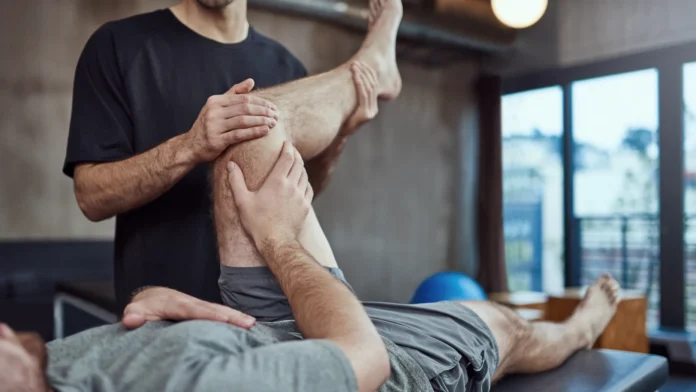
Training and recovery are pivotal elements in athletic health, focusing on optimizing the physical condition of athletes while minimizing the risk of Sports-Related Overuse Injuries (SRIs). This approach emphasizes not just the physical training itself but also the importance of adequate rest and recovery as crucial components of an athlete’s regimen.
To foster a training environment that mitigates the risk of SRIs, several strategies should be employed:
Balanced Training Schedules: Training routines should be carefully planned to balance intense workouts with adequate rest periods. This ensures that the body has time to recover and rebuild, reducing the risk of injuries due to overuse.
Proper Technique and Equipment: Coaches and trainers should ensure that athletes are using the correct technique in their respective sports. Incorrect form can place unnecessary stress on certain body parts, leading to SRIs. Similarly, using the right equipment, which is properly fitted and maintained, can also help in reducing injury risk.
Emphasis on Conditioning and Strength Training: Including conditioning and strength training in the routine helps in building a robust musculoskeletal system that can endure the stresses of repetitive sports activities, thereby reducing the risk of overuse injuries.
Incorporation of Rest and Recovery in Training: Adequate rest and recovery should be an integral part of the training program. This includes not only ensuring sufficient sleep and days off from intense training but also employing recovery techniques such as stretching, massage, and proper nutrition to aid in the body’s repair process.
Cultivating Healthy Training Practices
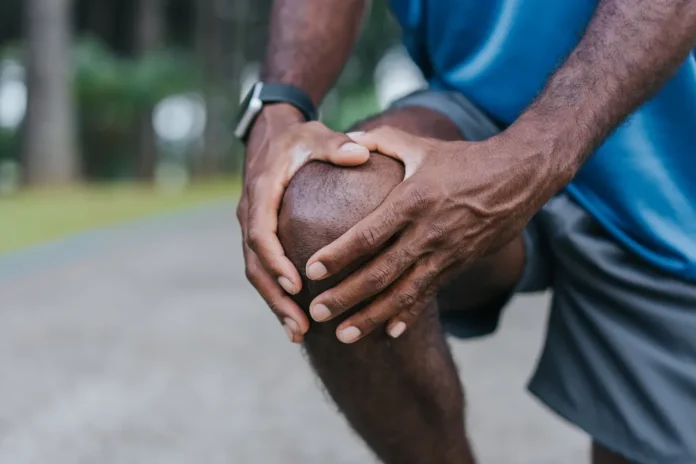
Adopting proper training habits is fundamental in preventing Sports-Related Overuse Injuries (SRIs) among athletes. Consistent attention to training routines, technique, and body mechanics can significantly mitigate the risk of injuries. Here are some guidelines for fostering healthy training practices:
Balanced Workout Regimen:
Varied Training: Incorporate a mix of cardiovascular, strength, and flexibility exercises to ensure all muscle groups are engaged and strengthened evenly.
Progressive Overload: Gradually increase the intensity and duration of workouts to avoid overtraining muscles and joints.
Proper Technique and Form:
Skill Training: Focus on mastering the correct technique for each sport or exercise to minimize unnecessary stress on specific body parts.
Professional Guidance: Seek advice and regular feedback from coaches or trainers to ensure exercises are performed correctly.
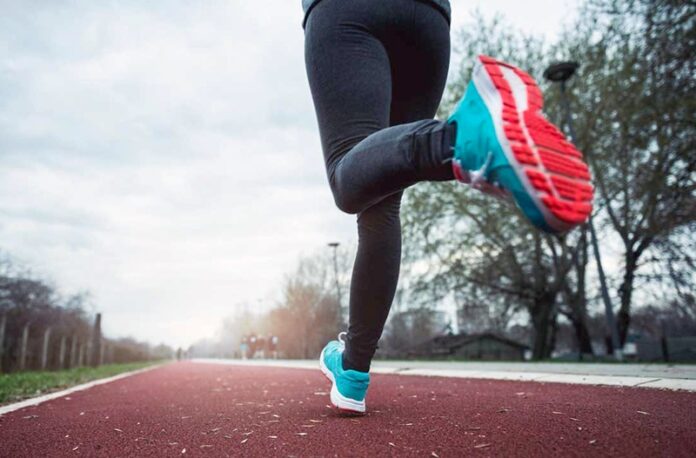
Equipment and Environment:
Appropriate Gear: Use well-fitting, sport-specific footwear and protective gear to support and safeguard your body during training.
Safe Training Environment: Ensure the training area is safe and conducive to the sport, with proper surfaces, flexibility equipment and adequate space.
Mindfulness and Body Awareness:
Regular Self-Check-Ins: Routinely assess your body’s response to training, noting any discomfort or fatigue that may indicate the onset of an SRI.
Mindful Practice: Engage in practices such as yoga or meditation to enhance body awareness, helping you recognize the early signs of overuse or strain.
Responsive Adjustments: Be prepared to modify your training routine in response to signs of fatigue or discomfort, prioritizing long-term health and performance over short-term gains.
Monitoring and Addressing Early Indicators of Sports-Related Overuse Injuries

Staying vigilant for and recognizing the initial indications of Sports-Related Overuse Injuries (SRIs) is essential for circumventing extensive damage. Early identification enables timely action, which can considerably mitigate the severity and influence of these injuries.
Strategies for Monitoring and Recognizing Early Signs of SRIs:
Be Attuned to Symptoms:
Sensory Alerts: Pay attention to initial symptoms like discomfort, stiffness, a sensation of fatigue, or mild pain in the concerned area. These symptoms often become more pronounced following intense training sessions or competitions.
Performance Metrics: Take note of any decline in athletic performance or a decrease in range of motion, which can be subtle hints of an underlying issue.
Visual and Tactile Observations:
Physical Changes: Be observant of visible alterations such as swelling, redness, or inflammation in the affected area. Such physical manifestations are clear indicators that the body is under undue stress.
Tactile Feedback: Be conscious of how your body feels during and after activity. Changes in sensation or unusual pain when touching the affected area can be early warning signs of an SRI.
Heed Professional and Peer Feedback:
Coach and Trainer Insights: Regularly seek and heed the advice of coaches and trainers, who can spot early signs of overuse injuries from changes in technique, form, or performance.
Peer Support: Engage with fellow athletes, as they can provide valuable insights based on their experiences and may notice symptoms you’ve overlooked.
Actions to Take if You Notice Early Signs of an SRI:
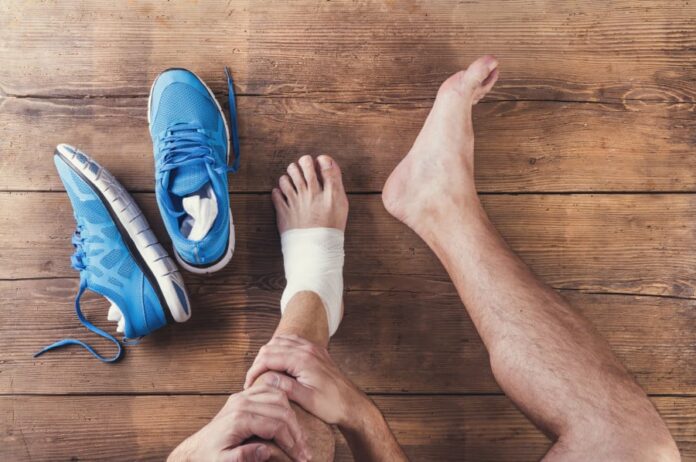
Modify Your Training Regimen:
As soon as symptoms are observed, reassess and adjust your training routine. This might involve reducing intensity, changing the type of exercise, or temporarily focusing on different muscle groups. Incorporate cross-training to engage different muscle groups and prevent overuse of the affected area.
Incorporate Rest and Recovery:
Prioritize rest and ensure adequate recovery time for the affected area. This includes incorporating rest days into your training schedule and possibly reducing the frequency or intensity of workouts. Engage in recovery practices such as ice, compression, or elevation if swelling or inflammation is present.
Seek Professional Guidance:
Consult with a sports medicine specialist, physiotherapist, or a qualified healthcare provider for a proper assessment and treatment plan. Early medical intervention can be crucial in preventing further injury and facilitating a faster recovery. Follow the prescribed treatment plan diligently, which may include physical therapy, medication, or other recommended interventions.
Revise Athletic Practices:
Reevaluate and possibly modify the techniques or movements that may be contributing to the symptoms. This could involve working with a coach or trainer to improve form or technique. Consider the use of supportive gear or braces as recommended by healthcare professionals to support the affected area and prevent further injury.
Conclusion
The significance of recognizing, preventing, and managing Sports-Related Overuse Injuries (SRIs) in athletic environments is paramount. If neglected, SRIs can lead to serious health complications, impacting an athlete’s performance, career longevity, and overall well-being.
For athletes, coaches, and sports organizations, adopting proactive measures to cultivate a safer training environment is not merely about enhancing performance. It’s a fundamental aspect of ensuring long-term physical health and career sustainability. Integrating balanced training programs, focusing on proper technique, promoting adequate rest and recovery, and fostering a culture of open communication and continuous education are essential strategies in this critical mission.



